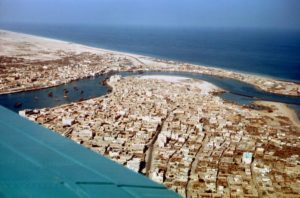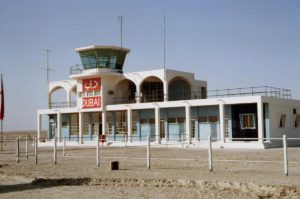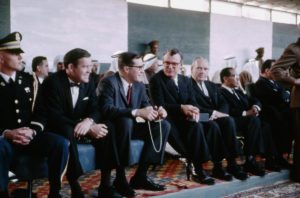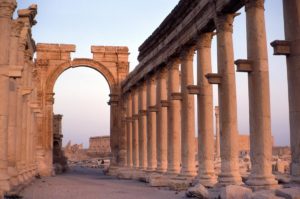Baylor grad’s photos uniquely capture how the Middle East has changed in recent decades
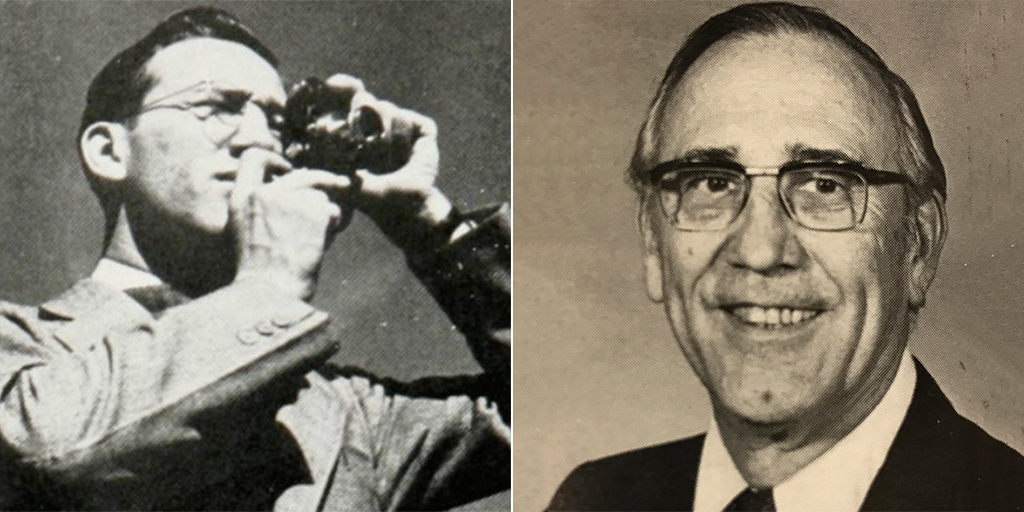
When Dr. Colbert C. “Cokie” Held, BA ’38, passed away last month, the Baylor family lost a distinguished graduate and beloved professor. But thankfully, his life’s work remains: priceless photographs that uniquely captured the dramatic development of the Middle East over the past 60 years — an effort that scholars and average citizens alike are already finding invaluable.
For historians, researchers and politicians, Held’s photos have proven to be indispensable to the preservation of the Middle East’s history. For many of the locations, his images are the only known examples from that period; their preservation allows anthropologists to see how customs and culture have changed, environmentalists to see evidence of drought history and aqueduct usage, and economists to make predictions on how future droughts might affect similar areas. Art and architectural historians can study buildings that have since been destroyed by ISIS or forces of nature, and average citizens of the region can see what their cities and countries looked like a lifetime ago.
Held, a retired professor of political geography (and Baylor’s diplomat-in-residence for many years), passed away Dec. 18 at the age of 99. He had first come to Baylor more than 80 years earlier, following in the footsteps of his father, John (AB 1896, AM 1906), sisters Emilie (AB ’20) and Deanie, and brother McDonald (AB ’33). (That’s Colbert pictured above as editor in chief of the Baylor Round Up in 1938, and as a Baylor professor almost 50 years later.)
After graduating from BU, Held eventually went to work for the U.S. Department of State, where part of his job was to keep the federal government informed about Middle Eastern culture and developments. That meant keeping a photographic record of the region, so Held began to snap the first of what would become thousands upon thousands of photographs of landscapes, buildings and citizens. His photos featured mountains, valleys, rivers, lakes and beaches; mosques, churches, apartments and schools; farmers, city dwellers and U.S. representatives. All were taken and developed by hand — a tedious and practically unimaginable task in a world of smartphones and satellites.
[WATCH this National Geographic video based on Held’s photos and narration to show how life in the Middle East has changed over the last half-century]
Held continued documenting the Middle East until 1977, when he retired from the state department and joined the Baylor faculty. Samples from his collection of 18,000+ color Kodachrome slides were displayed at Baylor in 2013, thanks to a donation from Aramco Services Company, which had helped fund Held’s work in the Middle East. Today, his work is part of a major collection at the Middle East Institute in Washington, D.C., where it can be studied and admired for generations to come.
Sic ’em, Dr. Held!



